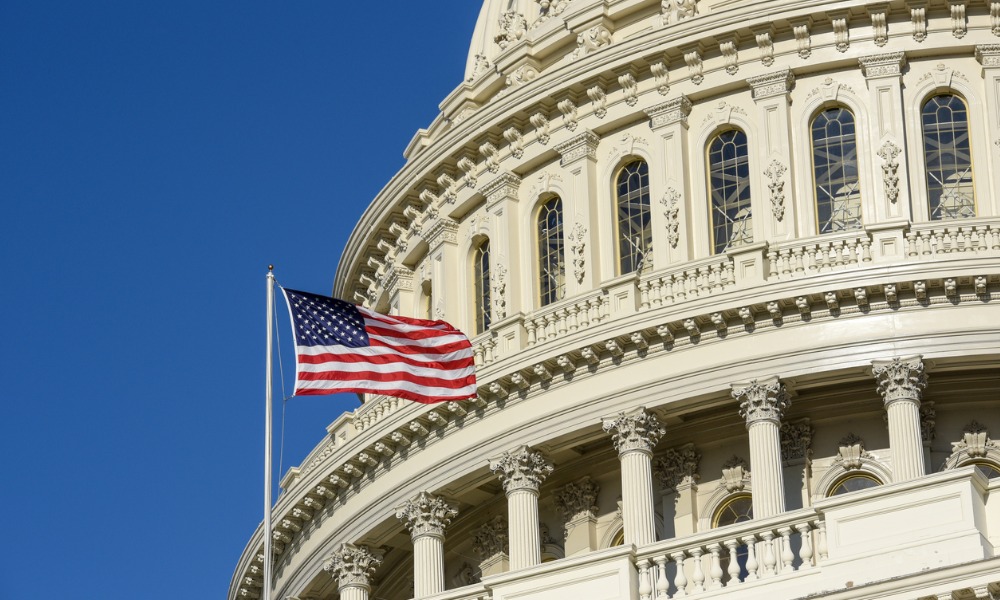
The Republican-appointed chief justice has repeatedly cast himself as a nonpartisan figure

Chief Justice John Roberts may have a chance to play a more visible role in President Donald Trump’s impeachment trial as Democrats look for ways to subpoena Senate testimony from John Bolton and, potentially, current presidential advisers.
Impeachment supporters are arguing that Roberts has the power to force witness testimony even if a majority of the 100 senators don’t want it. Three leading lawyers said in a New York Times column on Monday that Roberts could issue subpoenas on his own authority. Others say he could at least break a 50-50 tie among senators.
Republican Senator Roy Blunt said Tuesday that he expects Roberts to play a role in helping to weed out duplicate questions from senators when the trial moves into the next phase as early as Wednesday.
But it’s not clear Roberts is interested in stepping any further into the fray than necessary. Since joining the Supreme Court 15 years ago, the Republican-appointed chief justice has repeatedly cast himself as a nonpartisan figure. Those who know him well say he almost certainly would be loath to takes sides on a sharply political issue.
So far, he hasn’t had to do much more than warn each side to tone down the rhetoric. He has followed the example of Chief Justice William Rehnquist, who oversaw the 1999 trial of President Bill Clinton. Borrowing a line from a Gilbert and Sullivan operetta, Rehnquist summed up his work by saying, “I did nothing in particular, and I did it very well.”
Although the Constitution says the chief justice presides over presidential impeachment trials, the Senate’s standing rules make that role mostly ceremonial. Those rules say a majority of the Senate can override the chief justice’s decisions.
The Times article -- written by former Obama administration Supreme Court advocate Neal Katyal, Georgetown University law professor Joshua Geltzer and Mickey Edwards, a former Republican representative from Oklahoma -- contends that the Senate’s power to override is limited. They say senators can reverse Roberts on particular pieces of evidence but not on the decision to call a witness in the first place.
The rules “do not restrict the chief justice’s ability to issue subpoenas,” they wrote. “And that’s precisely what the Democrats must ask him to do -- now.”
Breaking ties
Roberts could also be forced to decide whether he can break a tie. Walter Dellinger, who served as Clinton’s top Supreme Court lawyer, contends Roberts has that power, pointing to tie-breaking votes cast by Chief Justice Salmon Chase in the 1868 impeachment trial of President Andrew Johnson.
With Republicans controlling the Senate 53-47, that stance would mean Democrats might need to win over only three Republicans, instead of four, to issue subpoenas for witnesses or documents.
Senate Democrats and Republicans alike have suggested they don’t agree that the chief justice can cast a tie-breaking vote. “This will be a subpoena that will have bipartisan support by definition, because you’re going to need 51,” Senate Democratic leader Chuck Schumer said Monday.
Roberts is likely to make any decision on his authority in consultation with the Senate parliamentarian, Elizabeth MacDonough.
The Senate rules also say Roberts can decline to decide an issue himself, and instead put it to a vote by the senators.
Senate Majority Leader Mitch McConnell told reporters in December: “I would anticipate the chief justice would not actually make any rulings. He would simply submit motions to the body and we would vote.”
Copyright Bloomberg News